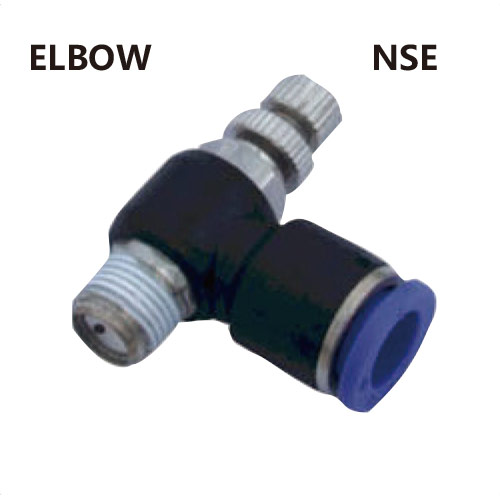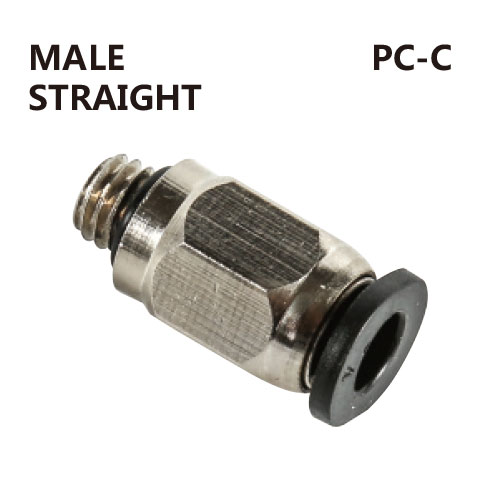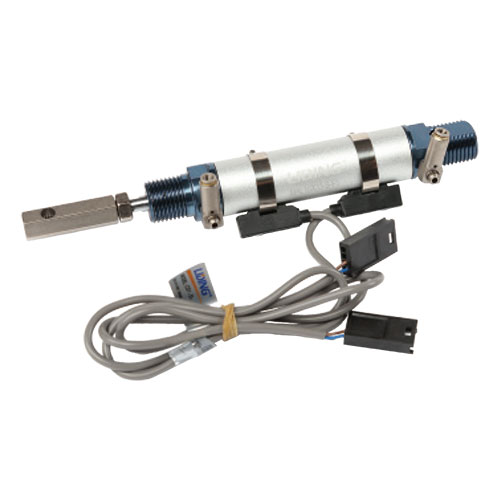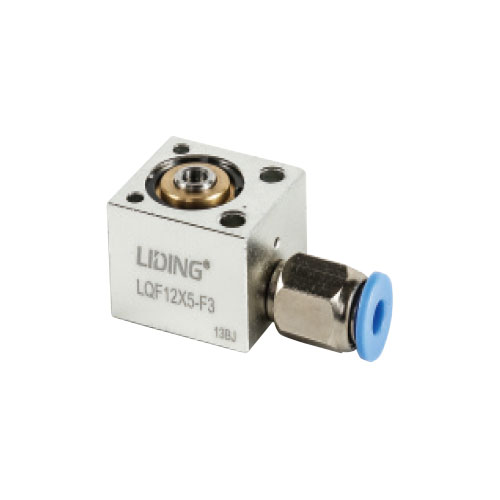What is the test procedure to verify the rated pressure of the filter regulator?
What is the test procedure to verify the rated pressure […]
What is the test procedure to verify the rated pressure of the filter regulator?
If only a single rated pressure is set for the entire product, this test shall be carried out on 3 random samples; if the input and output parts are respectively set with their respective rated pressure values, 6 random samples shall be tested. If this product uses a diaphragm, the diaphragm can be modified or replaced so that it can withstand the test pressure (the diaphragm does not belong to the scope of this test, but the diaphragm support plate or any piston cannot be modified or replaced). There are other sealing means that can also be improved to prevent leakage, and structural damage is allowed during the test, but any improvement measures shall not increase the structural strength of the pressure vessel.
Preparation of filter regulator test samples
1. If only a single rated pressure value is set for the entire product, take out the control spring and replace it with a sturdy bushing. All tests are performed at the rated pressure of the outlet.
2. If the input and output parts of the pressure reducing valve are set to their respective rated pressure values, loosen the control spring force of 3 samples. Carry out the test at the input port according to the rated pressure value of the input port, allow the spool to close and keep the output port open, prepare another 3 samples as described in 6.2.1 and test them according to the rated pressure of the output port.
3. Fill the sample with a liquid that does not exceed the range of ISOVG32 according to GB/T3141, and maintain the temperature given in 5.1.
4. When the temperature is stable, slowly pressurize to a level of 1.5 times the set rated pressure. Maintain this level for 2min, observe leakage or damage as specified in 6.6.
5. If there is no leakage or damage in the test of 6.4, increase the pressure according to about half of the set pressure. Maintain this pressure for 2min, and observe leakage or damage to alloys, brass and steel products according to the provisions of 6.6. Continue to increase the pressure according to the above provisions, until it reaches a level of 4 times the set rated pressure.
6. The designed working temperature of die-casting zinc alloy or plastic structure products shall not exceed 50℃, and the pressure shall be continuously increased according to the above regulations until it reaches the level of 4 times the set rated pressure.
7. The designed working temperature is between 50°C and 80°C. Continue to increase the pressure according to the above provisions until the failure criterion of 5 times the set rated pressure is fracture, parts are separated, or enough liquid seeps out of the pressure vessel to wet the outer surface. Leakage of the port screw does not constitute damage, unless the leakage is caused by a fracture or crack.
8. If all 3 samples pass their respective test items, the rated pressure will be verified.
9. Where components or components in components (for example, liquid storage cup/window glass) are made of different materials, the verification should appropriately increase the pressure multiple, and the applicable pressure may be limited by the interface area between different materials.
10. When the market requires the design of the pressurized shell to comply with the pressure vessel regulations, the requirements of the regulations take precedence over the requirements specified in GB/T20081.1.








